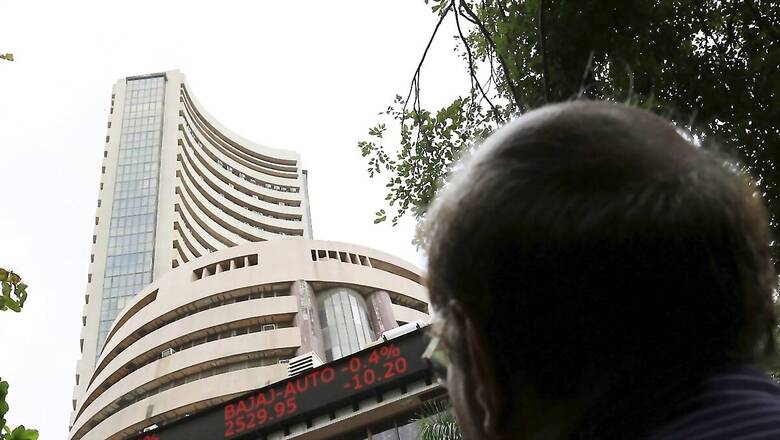
views
After becoming the first country to completely shift to the ‘T+1’ (trading day plus one) settlement cycle in the stock market last year, India on March 28, 2024, has launched the same-day share settlement system (T+0). Currently rolled out on a ‘beta’ mode, it will be available for select 25 shares for now and will be provided by a few brokers. Here’s all you need to know about the new shortened trading cycle, and what it means for investors.
What Is the T+0 Settlement System?
In the latest T+0 settlement cycle, investors will be able to get the shares in their demat accounts on the same day. T is the day of trade, while 0 is the number of days taken for settlement. For example, if you buy a share on Monday, it will be credited into your demat account the same day (Monday), as against Tuesday currently. A demat account is an account where shares are kept digitally.
Currently, India follows the T+1 cycle, which means trades are settled by the next day.
How Will It Help Investors, Traders?
The shortened share settlement cycle will increase liquidity in the market due to faster rolling of funds.
Prashanth Tapse, senior vice-president (research) of Mehta Equities, said, “Introducing T+0 settlement would be of great benefit for traders and investors who are looking at immediate liquidity and allowing them to utilise funds and react to the market quickly in the high volatile sessions. This could be highly beneficial to retail who come with limited cash into the market and this would revolutionise the trading landscape for the same small Investors.”
He added that shortening of the settlement cycle means optimal utilisation of funds to make best-in-time returns to swing traders. This shift will substantially reduce the risk exposure for retail investors and the system guarantees same-day access to funds and securities, thereby mitigating counterparty and duration risks.
Will T+0 and T+1 Systems Co-Exist?
As of now, the T+0 system has been launched in India on a ‘beta’ mode or on a pilot basis, for a select few cash segment stocks. The same-day settlement system will be available only for 25 stocks, for trading sessions between 9:15 am and 1:30 pm. Only a limited number of brokers can offer this facility.
The T+0 and T+1 systems will co-exist for now.
What Are the Challenges In T+0 Settlement System?
There may be some technical limitations and glitches in the early days for all the counterparties due to the high volume of trades, said Tapse.
What Are The 25 Shares Available For T+0 Settlement System?
According to a circular issued by BSE, the 25 companies whose shares will be available for the same-day settlement are — Ambuja Cements, Ashok Leyland, Bajaj Auto, Bank of Baroda, Bharat Petroleum Corporation, Birlasoft, Cipla, Coforge, Divis Laboratories, Hindalco Industries, Indian Hotels Company, JSW Steel, LIC Housing Finance, LTIMindtree, MRF, Nestle India, NMDC, Oil And Natural Gas Corporation, Petronet LNG, Samvardhana Motherson International, State Bank Of India, Tata Communications, Trent, Union Bank Of India and Vedanta.
What Are Trade Settlement Cycles In Other Countries?
With the shift to the T+0 share settlement system, India has become one of the few countries to have very short settlement cycle. In September 2023, India also became the first country to fully shift to the ‘T+1’ settlement system in the stock market. In Asia, China offers T+0 settlement, whereas most other markets are still in the T+2 mode.
The US will shift to the T+1 on May 28, while the EU may follow suit.
From ‘Weekly Settlement’ To ‘T+0’: The Evolution Of Settlement System in India
Before 2001, the Indian stock market had a weekly settlement system. In 2001, markets regulator Sebi introduced a shorter rolling settlement of ‘T+3’. Subsequently, in 2023, India introduced the T+2 settlement system, which continued till January 2023, when India became the country in the world to completely shift to the ‘T+1’ settlement cycle.
Now, on March 28, 2024, India has launched the T+0 settlement cycle on a ‘beta’ mode for a faster settlement cycle.


















Comments
0 comment